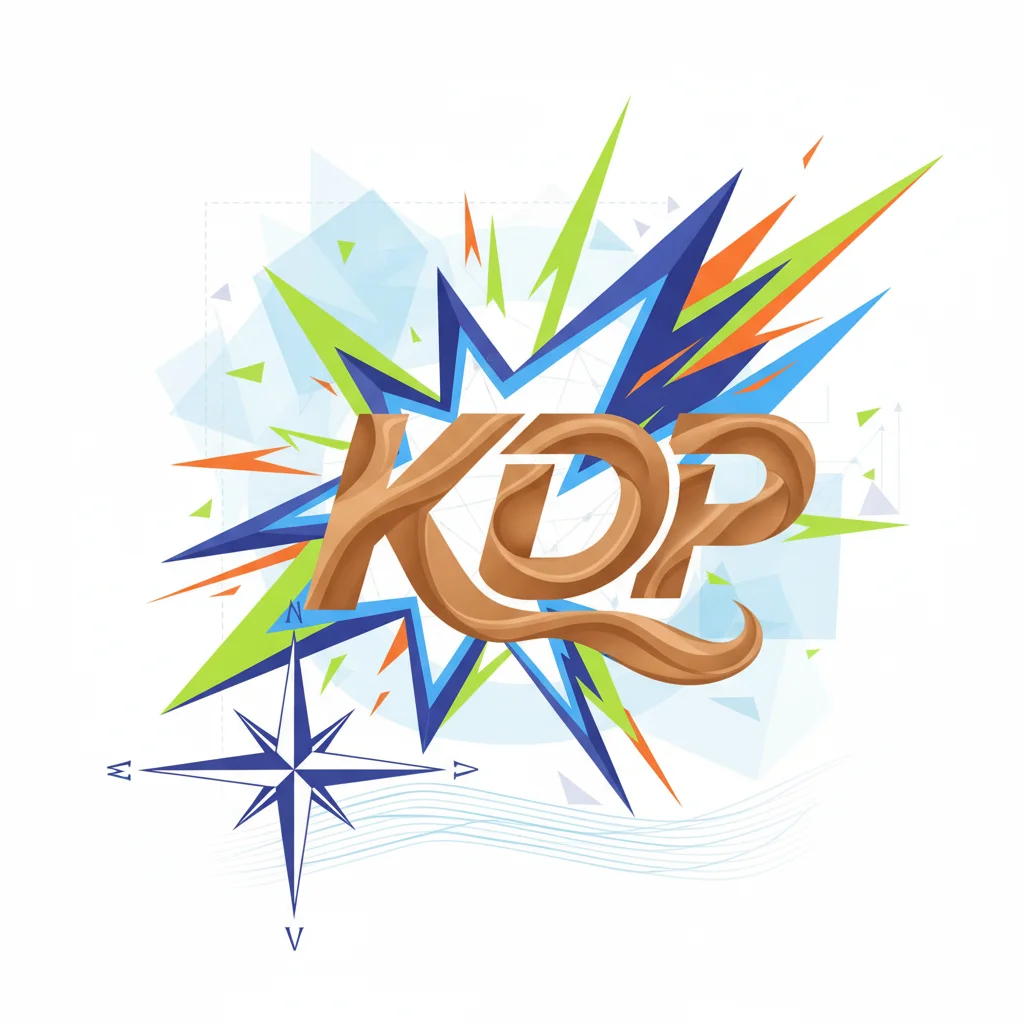
Activist on the Attack: Is Starboard Brewing a Shake-Up at Keurig Dr Pepper?
In the high-stakes world of corporate finance, the arrival of an activist investor is akin to a storm gathering on the horizon. For the leadership at Keurig Dr Pepper (KDP), that storm is named Starboard Value. The renowned activist firm has been quietly building a significant stake in the beverage giant, a move that signals potential turbulence ahead for KDP’s management and its strategic direction. This development follows a widely criticized plan by KDP to acquire European coffee maker JDE Peet’s, a deal that left the stock market with a bitter taste.
This isn’t just a simple story of stock acquisition; it’s a classic corporate drama unfolding in real-time, touching on themes of shareholder value, corporate governance, and strategic vision. For investors, business leaders, and anyone interested in the inner workings of the economy, the battle for Keurig Dr Pepper is a must-watch case study. What does Starboard see in KDP? And what changes might they force upon a company at a strategic crossroads?
The Catalyst: A Deal the Market Couldn’t Swallow
Every activist campaign needs a trigger, an event that exposes a perceived weakness in a company’s strategy. For KDP, that trigger was its ambitious, and ultimately unpopular, plan involving JDE Peet’s. The proposal was twofold: first, to acquire the European coffee powerhouse, and second, to subsequently separate KDP’s newly enlarged coffee operations from its successful soft drink division, which includes iconic brands like Dr Pepper, Snapple, and 7UP.
On the surface, the logic might seem plausible—create two pure-play giants, one in coffee and one in soft drinks, to unlock specialized value. However, the stock market reacted with immediate skepticism. According to the Financial Times, the market’s reception was “poorly received,” an understatement for the negative sentiment that followed. Investors raised several red flags:
- Increased Complexity and Debt: Acquiring a massive entity like JDE Peet’s would significantly increase KDP’s debt load and introduce immense integration complexity.
- Loss of Diversification: The current structure of KDP provides a powerful hedge. The steady, cash-flow-rich soft drink business balances the more volatile, innovation-driven coffee segment. A split would destroy this symbiotic relationship.
- Questionable Synergies: The promised benefits of the separation were not immediately clear to investors, who worried that the dis-synergies of breaking up a successful conglomerate would outweigh any potential gains.
This strategic misstep created an opening. When a company’s management appears out of touch with its shareholder base, it’s like blood in the water for activist investors. And few are as adept at smelling opportunity as Starboard Value.
Enter the Activist: Who is Starboard Value?
To understand what might happen next at KDP, one must first understand the predator that is now circling. Starboard Value, led by the formidable Jeff Smith, is one of the most successful and feared activist hedge funds in the world of finance. They are not passive investors; they are agents of change, buying significant stakes in publicly traded companies with the explicit goal of forcing major operational or strategic shifts to unlock shareholder value.
Their playbook is well-honed and often involves:
- Public letters to management and the board.
- Demands for board seats to gain influence from the inside.
- Advocating for cost-cutting, asset sales, or strategic spin-offs.
- In extreme cases, launching proxy fights to replace the entire board of directors.
Starboard’s most famous campaign was arguably at Darden Restaurants, the parent company of Olive Garden. In a meticulously detailed, nearly 300-page presentation, Starboard famously criticized everything from the company’s real estate strategy to its failure to salt its pasta water. The campaign culminated in Starboard successfully replacing Darden’s entire board in 2014, a landmark event in the history of activist investing. This history of aggressive, detail-oriented, and often successful campaigns is precisely why the news of their stake in KDP has put the entire industry on high alert.
Dissecting the Keurig Dr Pepper Machine
To appreciate the strategic dilemma, it’s crucial to understand KDP’s unique composition. The company is a hybrid, born from the 2018 merger of Keurig Green Mountain and Dr Pepper Snapple Group. This created a beverage behemoth with two distinct, yet complementary, engines of growth.
Here’s a simplified breakdown of KDP’s core segments:
| Business Segment | Key Characteristics | Strategic Role | Market Dynamics |
|---|---|---|---|
| Coffee Systems (Keurig) | High-margin pod sales, razor-and-blade model, innovation-dependent. | Growth Engine | Competitive, subject to consumer trends and at-home consumption habits. |
| Packaged Beverages (Dr Pepper, Snapple, etc.) | Stable, high-volume, strong brand loyalty, massive distribution network. | Cash Cow | Mature market, driven by brand marketing and distribution efficiency. |
The beauty of the current structure, and what the market fears losing, is the interplay between these two segments. The beverage division is a bastion of stability. Its vast distribution network and predictable cash flows provide a solid foundation for the entire company. This financial stability allows the coffee segment to invest in innovation and weather the cyclicality of its market. A split would expose each business to its inherent weaknesses without the protection of its counterpart. The coffee business would be a higher-growth but more volatile standalone company, while the beverage business would be stable but potentially perceived as low-growth in the modern stock market.
The Broader Economic Context: Why Now?
This corporate showdown isn’t happening in a vacuum. The broader economic landscape makes KDP’s proposed deal particularly ill-timed and Starboard’s intervention particularly potent. In an era of rising interest rates, the global economy is less forgiving of large, debt-fueled acquisitions. The kind of complex financial engineering KDP was proposing is viewed with deep suspicion by an investment community that is currently prioritizing balance sheet strength and clear, simple paths to profitability.
The world of corporate finance and banking has shifted its focus from “growth at any cost” to “resilient cash flow.” Starboard’s likely thesis—focus on the core, optimize operations, return cash to shareholders—is perfectly aligned with the current market zeitgeist. This situation also highlights the evolution of investing and trading. With advanced financial technology and data analysis, funds like Starboard can dissect a company’s financials and operations with surgical precision, identifying strategic weaknesses far more quickly than in the past. While concepts like blockchain are revolutionizing other areas of finance, this battle is being fought on the traditional grounds of corporate strategy and shareholder rights, amplified by the speed of modern information flow.
What Happens Next? A Crossroads for KDP
With Starboard now a significant shareholder, Keurig Dr Pepper’s management is officially on the clock. Several scenarios could play out over the coming months:
- Capitulation and Collaboration: KDP’s board could publicly shelve the JDE Peet’s plan and work with Starboard on an alternative strategy focused on operational efficiency and shareholder returns. This is often the quickest and least disruptive path.
- A Proxy Fight: If management resists, Starboard could nominate its own slate of directors for election at the next annual shareholder meeting, leading to a costly and public battle for control of the company’s board. Given Starboard’s track record (source), this is a credible threat.
- Strategic Re-evaluation: The mere presence of Starboard might be enough to force KDP’s leadership to abandon its current path and present a new, more shareholder-friendly vision for the future, effectively pre-empting Starboard’s primary demands.
For investors, the coming months will be critical. Starboard’s involvement could be the catalyst that unlocks significant value, but it will likely come with increased stock volatility. For business leaders, this is a potent reminder of the importance of maintaining alignment with your shareholder base. A strategy, no matter how compelling it seems in the boardroom, is worthless if you cannot convince the owners of the company to back it.
The coffee is brewing at Keurig Dr Pepper, but it’s an activist blend with a decidedly bitter note for the current leadership. Whether this leads to a refreshing new chapter for the company or a messy public fight remains to be seen. But one thing is certain: with Starboard at the table, the status quo is no longer an option.


